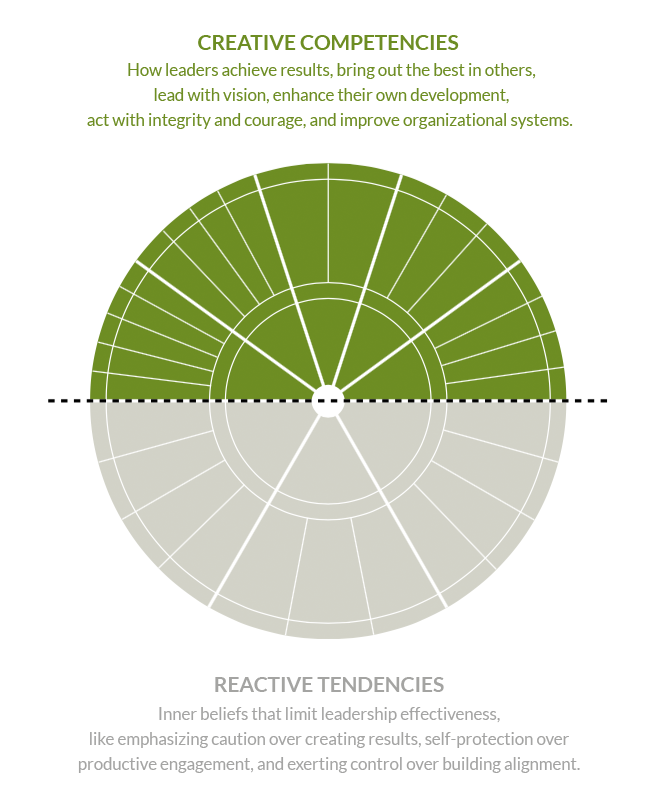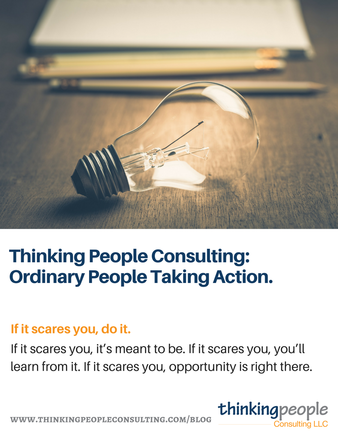Categories
All
This section will not be visible in live published website. Below are your current settings: Current Number Of Columns are = 1 Expand Posts Area = Gap/Space Between Posts = 10px Blog Post Style = card Use of custom card colors instead of default colors = Blog Post Card Background Color = current color Blog Post Card Shadow Color = current color Blog Post Card Border Color = current color Publish the website and visit your blog page to see the results |
Ordinary People Taking Action
Back to Blog
Habits and Lemons11/6/2019 I have wanted to move to a new home for a very long time, and while that’s not what this story is about, the context is important. It’s important because I have spent a lot of time looking at houses, and in doing so, I have noticed something: every house has a living space in which all seating is positioned to make the television more easily viewable. My own home is not an exception. This arrangement is so common that it’s always easy to identify which houses are staged and which are currently lived in. Televisions aren’t a focal point in a staged home.
On a related note, I recently read that habits are formed because of things that we do repeatedly, and often, our environment shapes these habits. It’s no wonder people come home, fall onto the sofa and settle into an hours-long daze of television watching. After all, you have a comfortable place to sit that is positioned right in front of the television. We’ve created the perfect environment for what some might argue is a not very productive habit. A side story, completely unrelated to this (I will tie everything together soon, I promise) is that three years ago, I mentioned to my family that I really wanted a lemon tree. They were skeptical. In the state of Washington, there isn’t continuous year-round sunlight and warm weather. How would I manage to grow lemons? I told them I was committed to the task, and so, for Mother’s Day that year, I was the proud receiver of a lemon tree.
1 Comment
Back to Blog
Part Four: An Executive's Journey.10/29/2019 This is a blog series following my executive coaching client, Christine, as we navigate her personal and career struggles. If you haven’t read Part 1, click here to start from the beginning. For Part 2, click here and for Part 3, click here.
As an executive coach, I build relationships with people – in many cases very deep relationships. Then, when the contract ends, we often part ways. It’s one of the hardest parts of my job, so I am always thrilled to get an update from former clients and honored to receive multiple updates. In the case of my relationship with Christine, a year would pass with no word from her and no resolution as to what happened with her family that caused the sobbing that morning. When I coach people, the basis of my coaching focuses on what the individual needs in order to show up at their best. We discuss the concept of “triggers”, which are emotional responses to an event. Triggers can be positive or negative and are often referred to as either productive or counterproductive. We explore anticipated and unanticipated triggers, conscious and unconscious triggers, encouraging and discouraging triggers, and intentional and unintentional triggers.
Back to Blog
Part Two: An Executive's Journey10/15/2019 This is a blog series following my executive coaching client, Christine, as we navigate her personal and career struggles. If you haven’t read Part 1, click here to start from the beginning.
Looking at Christine today with tears in her eyes, I’m reminded of that first time I saw her cry. The first time I saw her cry, I didn’t ask why. Our relationship was so new and somewhat fragile, and I knew that if she’d wanted me to know why she was crying, she would tell me. Since that day, our relationship had evolved to something deeper, so with compassion I asked, “Christine, what are you feeling?” Her response, “Sadness, very deep sadness.” I have a rule with my clients. When the question “What are you feeling?” is asked, the answers have to be one or two words, with no explanations. I will never ask for the explanation and they don’t need to provide it. It’s a strategy that I learned working with a large corporation – that the action of naming a feeling is often all that is needed. Yet, today, without thought, I asked, “Why so much sadness?” The room was filled with a long silence. All you could hear was Christine’s breathing, and every so often, a sniffle as tears spilled from her eyes.
Back to Blog
November 20th, 201811/20/2018 Don't Juggle; Make Choices.A question coaches are asked a lot is, “How can I juggle work and life?” In my experience, when I am asked this question, my client is feeling like they are taking on too much in one area of their lives. I’d like to start by sharing some stories that I think readers may relate to, especially as the holidays approach.
John is an executive at a large company, who tells me he spends a minimum of 14 hours working, at least three hours driving, 4 hours sleeping and the rest taking care of his living needs. Part of his 14-hour workday is spent texting/emailing, starting before 5am most mornings and ending close to midnight most evenings. His phone rings constantly, often during dinner with his family. He almost always answers. His wife and family rarely see him, and even when he’s physically present, he’s frequently mentally distracted. Jessica has created a habit where she ends her day in the office at 4:30pm so that she can be home for the kids in the evening. She and her husband tag team to get the kids to various sports and commitments in the evenings, all while juggling the dogs, dinner prep and other household/family needs. After the kids are in bed, typically between 9:30 – 10pm, Jessica will log back onto her computer and “catch up” on the work she missed by leaving the office at 4:30. She typically works until well past midnight, sometimes later. She sees her husband daily yet doesn’t feel that they have any truly meaningful interactions. Emily is just returning to work after giving birth to her second baby boy. Her oldest is about to turn 3 years old, so she is juggling the demands of two young children at home and reentering a director-level job at a larger company. She has been late for every morning meeting this week, realizing it’s hard to get out of the house on time and still meet the needs of her kids. She uses the mother’s room every three hours while at the office and has been leaving every day at 6pm. Once home, she is too exhausted to log onto her work email, and yet her work is just getting started at home. Nights mean getting up every 4-5 hours to feed the newborn baby, leaving her sleep deprived the following day.
Back to Blog
The questions are important.8/22/2018 Lately I have been asking my coaching clients this question: how do you show up? For those who aren’t sure, here’s a great way to visualize it. Imagine a line, which is a continuum between you showing up as your best self and you showing up as the opposite of your best. Think about various times throughout the day and how you show up in those moments. I think many of us will agree that where we sit on this continuum varies throughout the day.
Back to Blog
If it scares you, do it.3/12/2018 Back in November, I had coffee with a long-time colleague, who said to me, “If it scares you, do it.” Afterward, his comment stayed with me. It made me think of all the times I’ve heard that same, recurring theme. If it scares you, it’s meant to be. If it scares you, you’ll learn from it. If it scares you, opportunity is right there.
Back to Blog
"It’s been forever since I’ve seen you.” Colleen clicks send on her phone, feeling like a weight has been lifted. Finally, she’d reconnect with Kristi. It had been way too long.
Kristi picks up her phone and smiles. It’s so nice to hear from old friends. There’s just no way right now with her work schedule, though. “I know, I know,” she texts back. “We need to get together. Things have just been so busy. We will get together soon. Promise.”
Back to Blog
Forgetting what is most important.2/1/2018 “I’ve lost sight of who I am.” It’s the only way Karen can explain what led her to schedule this coaching session. The warning signs have been piling up. She hasn’t exercised in over a year. Her doctor tells her she's neglecting her physical health. Exhaustion, weight gain, and something about her adrenal glands. Why are adrenal glands important? Her mind is too preoccupied to remember.
|
|
|
Website design by: Bombastic Web Design
© 2018 All Rights Reserved. Thinking People Consulting, LLC

 RSS Feed
RSS Feed





